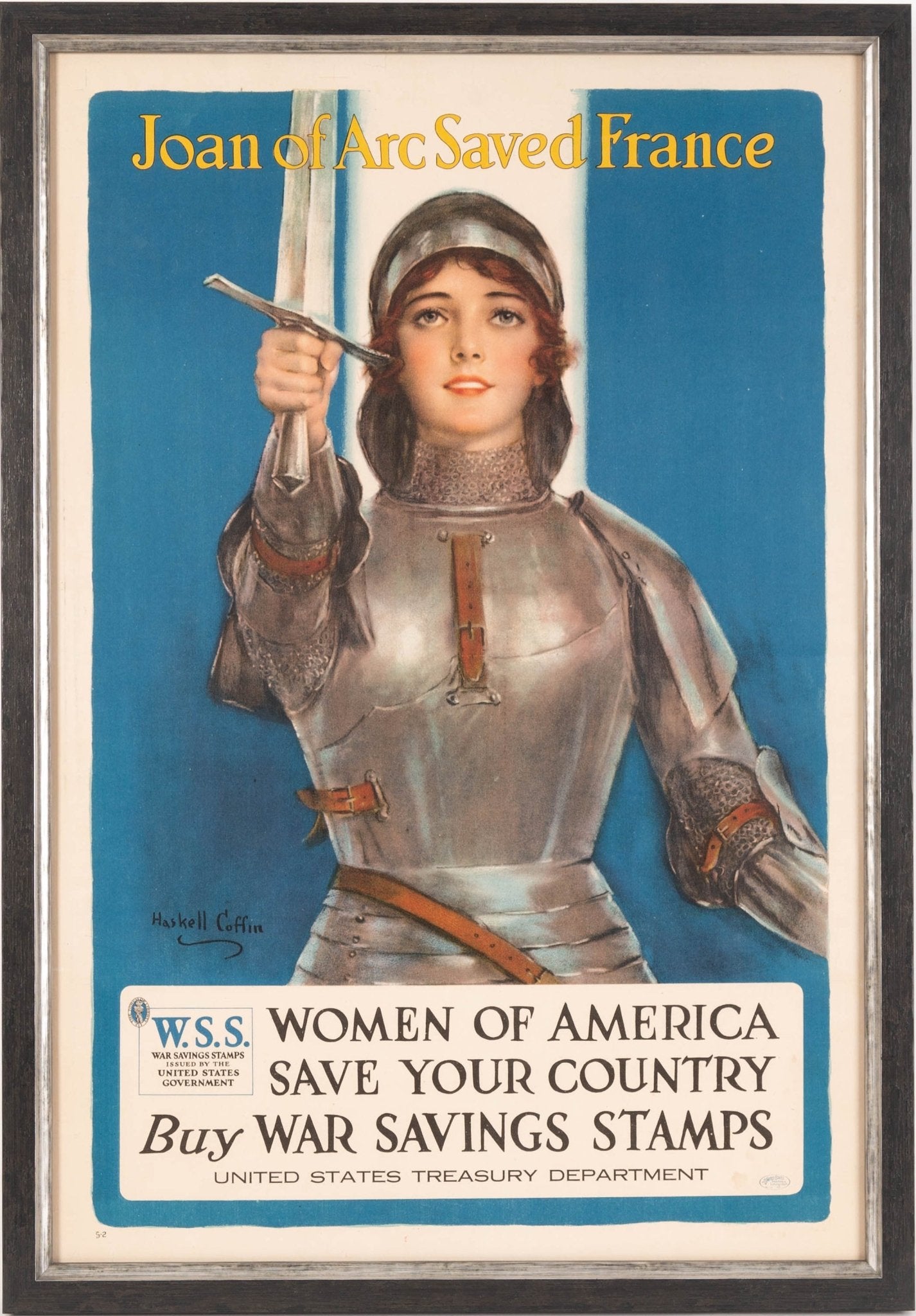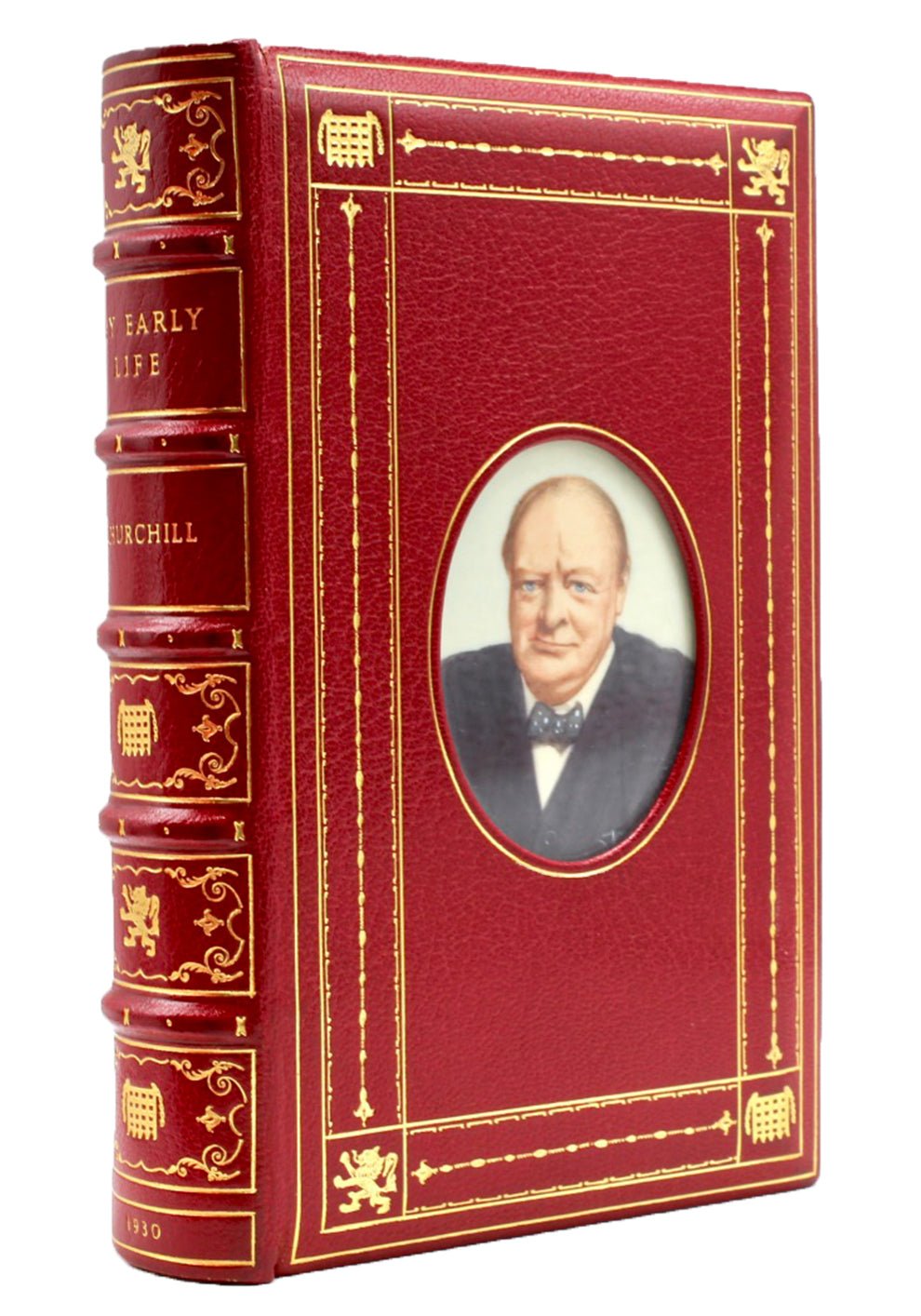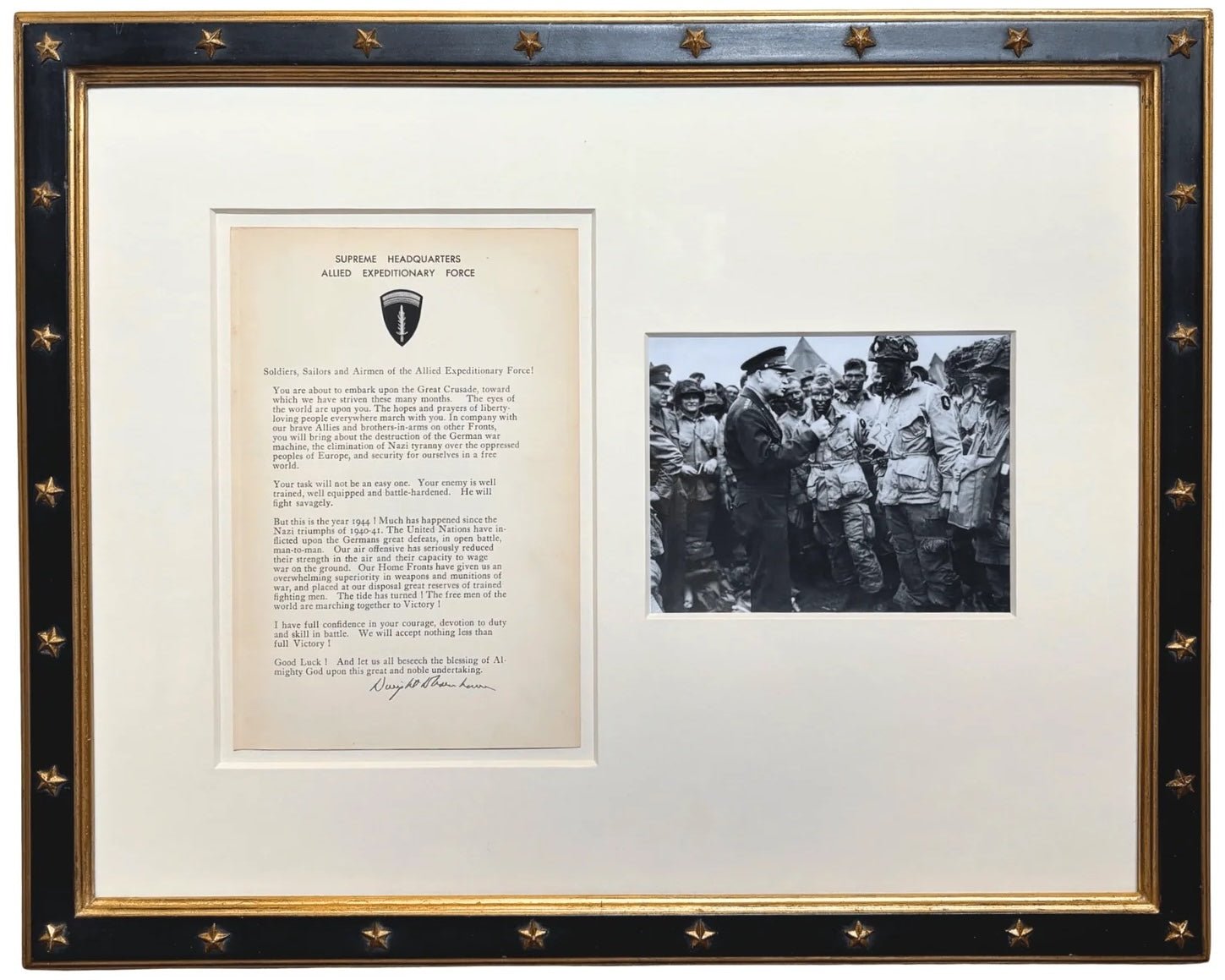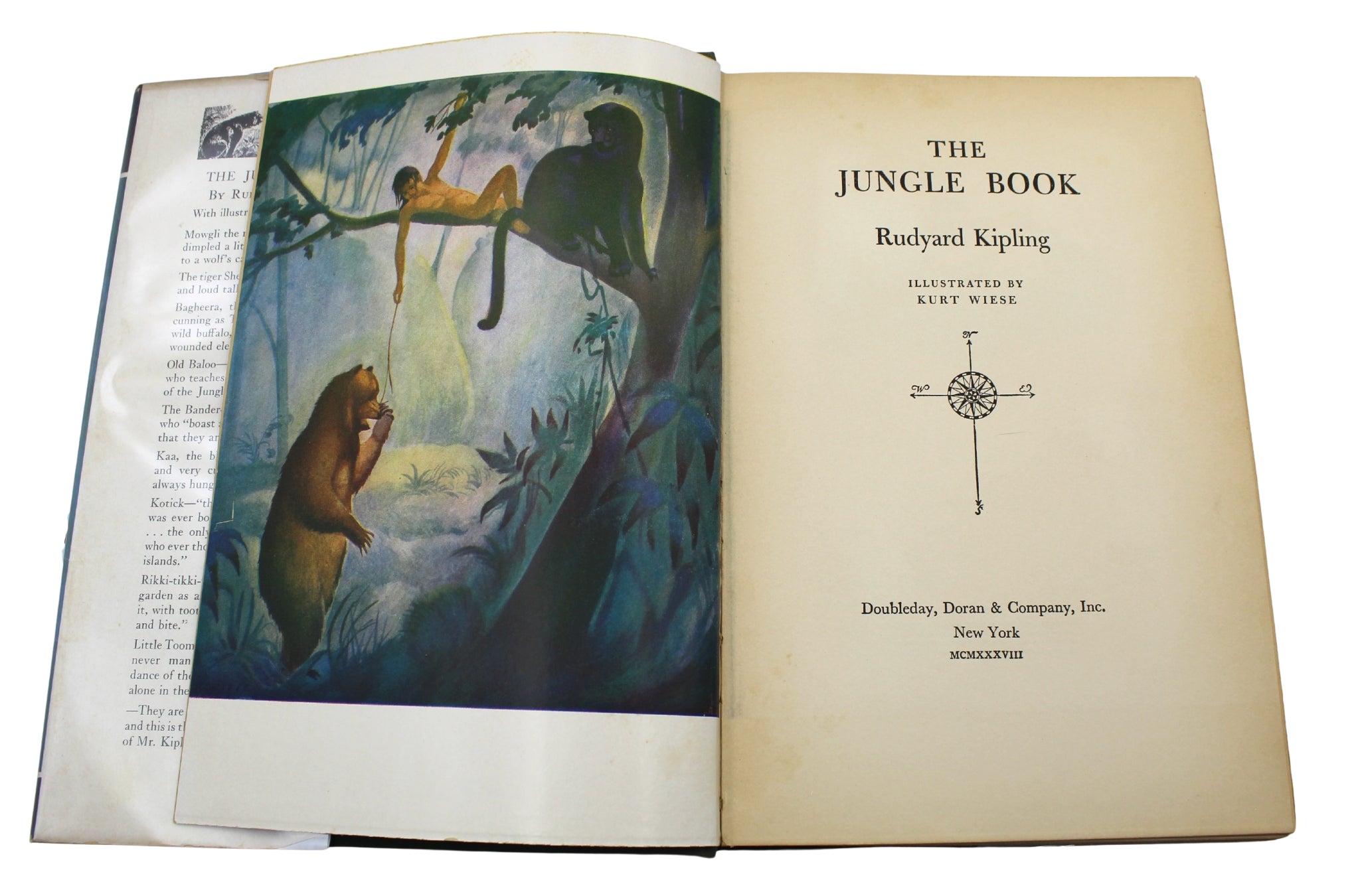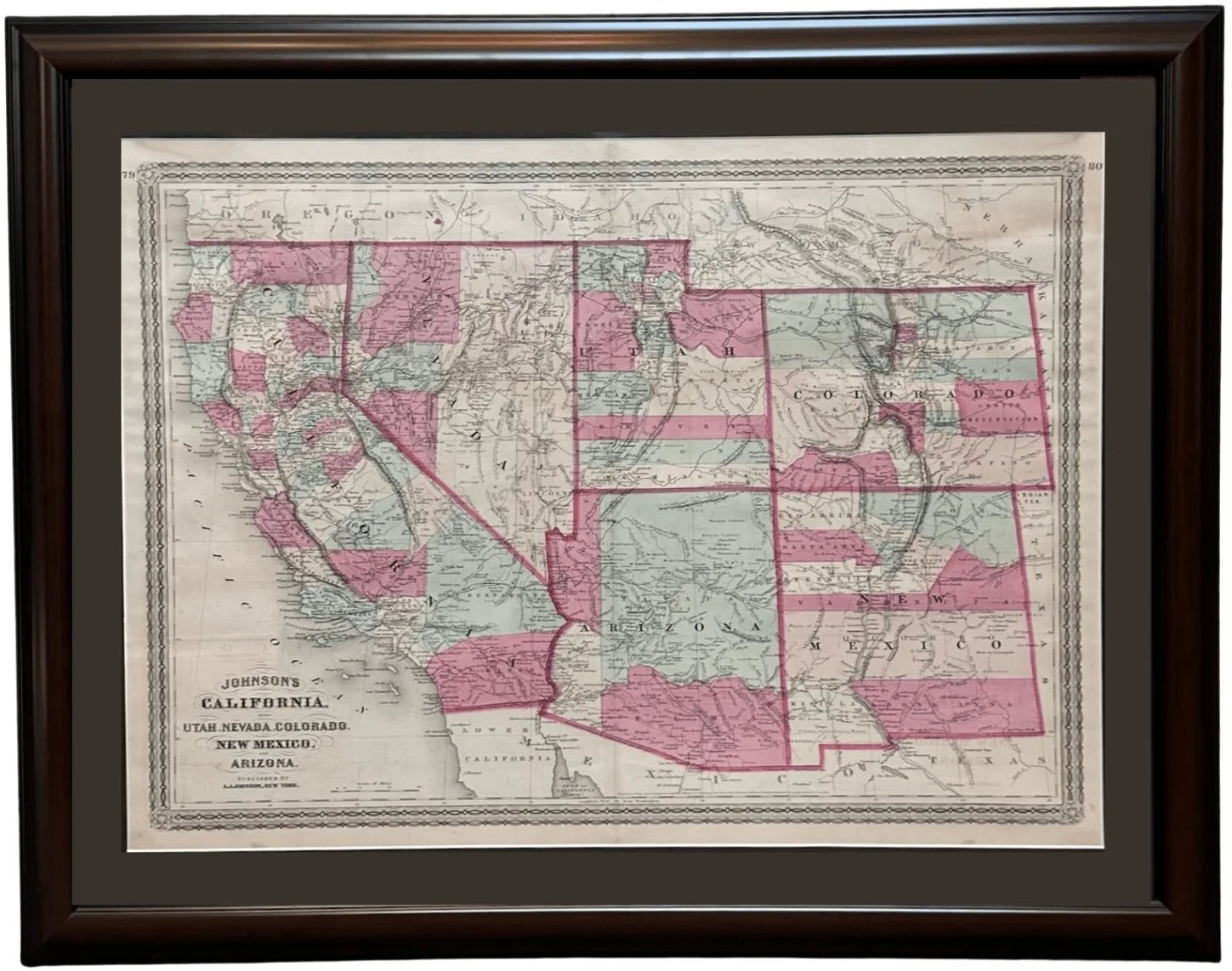America the Beautiful: Early Accounts of the Young United States
WHY THEY WROTE
The widespread fascination with a new nation drove scholars and politicians to closely observe and record the nature of the United States of America. After all, it rebelled against the strongest empire in the world while claiming representative democracy could not only thrive, but give its people a better life. In the 18th and 19th centuries, political philosophy was considered a gentleman’s study and suddenly, Europeans were given a chance to watch the birth of a new nation before their very eyes. They especially hoped to study the new form of government, as well as its effects on the country as a whole, its states, and its people.
However, it wasn’t just European scholars writing about the culture and politics of the United States; Americans themselves felt the need to have a written history. In order to compete with some of the greatest countries and empires, the United States needed to prove its worth. Written works highlighting the struggles and triumphs America had already undergone began to circulate. Not only did America have experience with several wars by the mid-19th century, but it also had a vast and natural beauty unmatched in the ‘Old World.’ In order to promote the nation, travelers sketched and engraved scenes of the country, its cities, and resources.
Overall, consistent fascination produced a number of works that described the nation in detail as it grew and changed including battles, political philosophy, common life, and even the remarkable scenery. The Great Republic’s collection includes several of these accounts spanning from 1795 through the 19th century.
A GLIMPSE INTO THE PAST: A Selection of Works at The Great Republic
An Historical, Geographical, Commercial, and Philosophical View of the American United States by William Winterbotham, 1795
A largely historical work, William Winterbotham provided a wonderful snapshot of the nascent United States up until 1795. Written while the American Revolutionary War was still underway, Winterbotham focused on the history of the colonies describing their founding, how they grew, and events like the Revolutionary War as it was happening. The first edition, four-volume set is riddled with maps and illustrations to include the early plan of the City of Washington and the famous hand-colored tobacco plate illustration. The illustration is notably the first plate to be regularly featured in works concerning America. Tables outlining statistics such as populations, imports, and occupations provide a colorful yet meticulous portrait of the young country. This beautifully rebound work allows the volumes to be read, handled, and admired for many more years to come.
Democracy in America by Alexis de Tocqueville, 1963
Another work originally published in 1835 depicts the American state of culture and politics. Alexis de Tocqueville, a French Lawyer, embarked on a research adventure to the United States. De Tocqueville conducted an in-depth study of the American penal system, the political system, and civil society. In the aftermath of the Revolutionary War and the War of 1812, de Tocqueville portrayed details such as the societal structure, the economy, and religions as he observed them. Firsthand accounts such as this prove invaluable in understanding America through the decades. In his books, de Tocqueville also warns of the potential issues he foresaw with the new model of democracy, providing an interesting perspective while we can only observe in hindsight today. The Great Republic’s two-volume set was printed in 1963 in beautiful ¾ leather bindings and provides an in-depth insight into the culture of America in its first 50 years.
Life and Liberty in America by Charles Mackay, 1859
Subtitled, Sketches of a Tour of the United States and Canada, this work by Charles Mackay is based on his 1857-58 trip to North America. Laden with sarcasm and wit, this account details Antebellum America from an outsider’s perspective. Written as an opinionated piece, Life and Liberty in America offers observations on everything from Broadway entertainment to the treatment of African Americans. Mackay gathered much of his information from not only his own observations, but from his interviews with countless soldiers, politicians, writers, and common folk to paint a picture of an America on the brink of change and massive war.
Picturesque America Edited by William Cullen Bryant, 1872-74
Largely an illustrative work, Picturesque America contains various engravings by American artists illustrating the beauty of the country. As stated in the Preface, the intention of the work is to “present full descriptions and elaborate pictorial delineations of the scenery characteristic of all the different parts of our country. The wealth of material for this purpose is almost boundless.” Offering 58 engravings and many more illustrations, the work is designed to celebrate America’s beautiful scenery across the vast landscape. Much of the West was still unfamiliar to even Americans and these accounts hailed the geography across the country as impressive and unmatched. Readers both American and foreign would have been astounded at the fantastic first-hand descriptions of places like coastal Maine, the White Mountains, Niagara Falls, and Yosemite. First published as a magazine series in Appleton's Journal, this incredibly popular work was soon made into a two-volume book purchased only through subscription. These stunningly bound volumes offer an illustrated snapshot of the country as it looked in the 1870s.
Whether for research, personal fascination, or promotion, accounts such as these portray America in a time of rapid change. The nation described through writing and illustration may seem profoundly different to today’s United States, but these works also highlight the continuities in culture, politics, and geography that have helped make the nation so unique.









